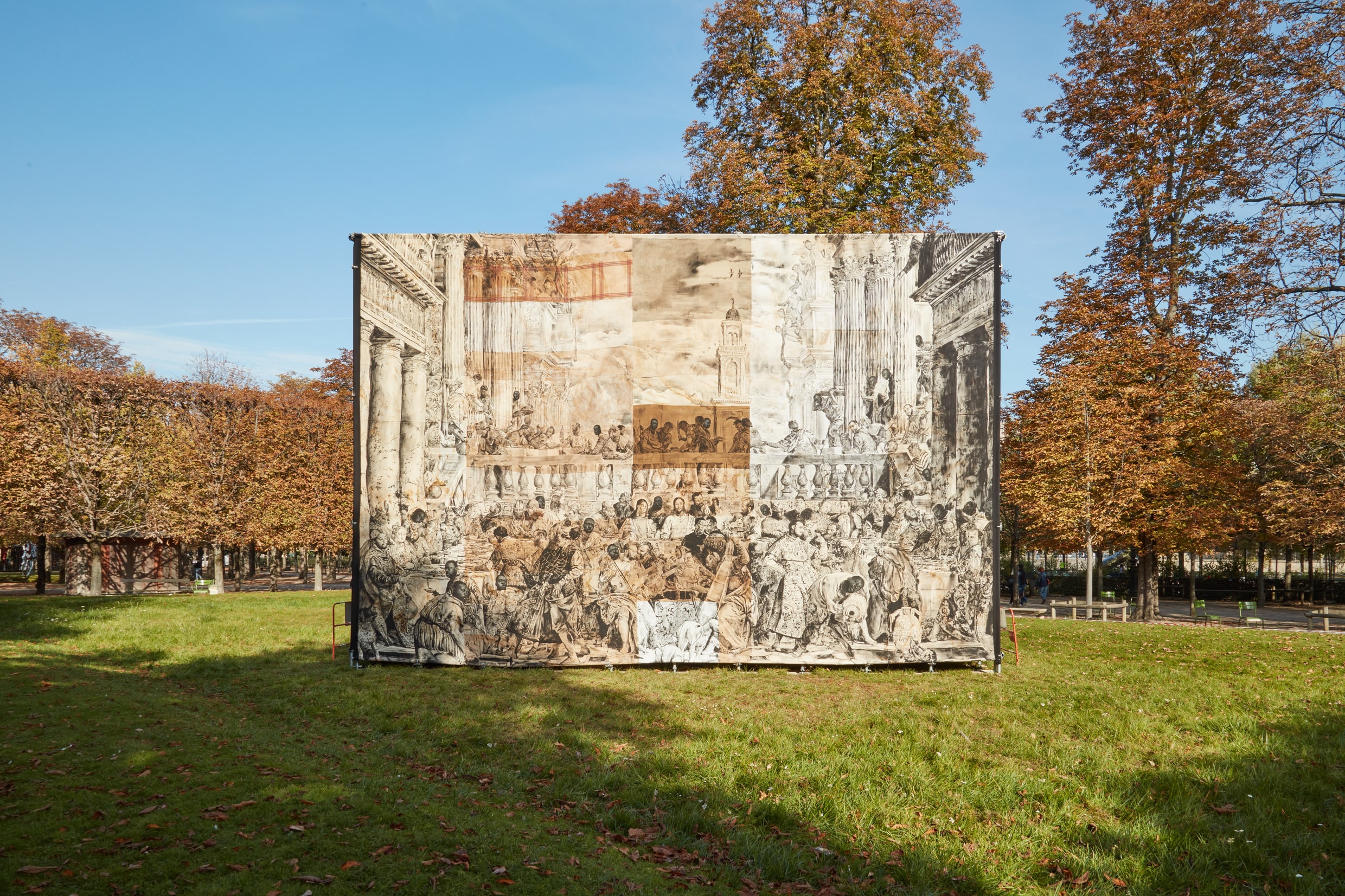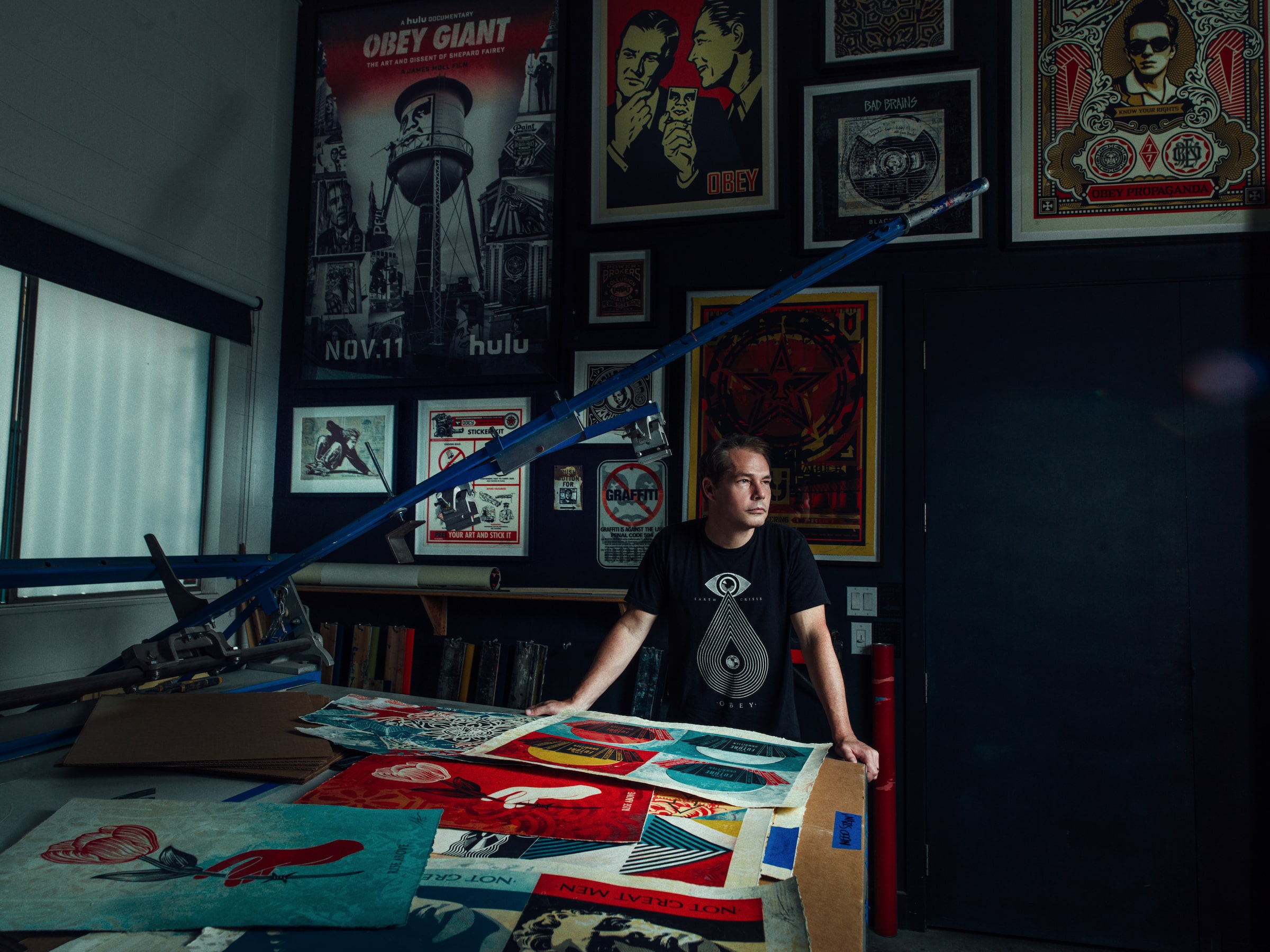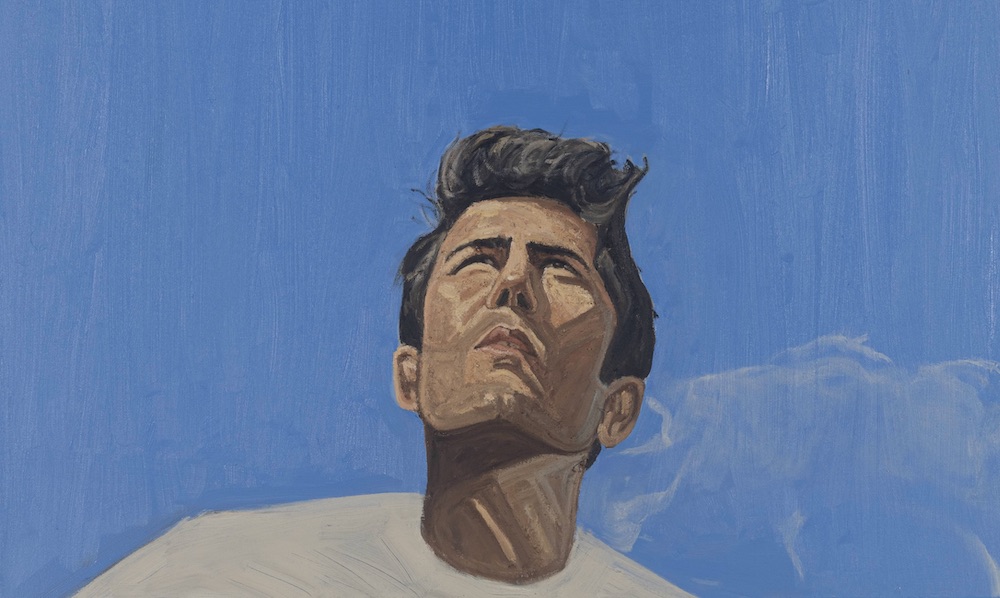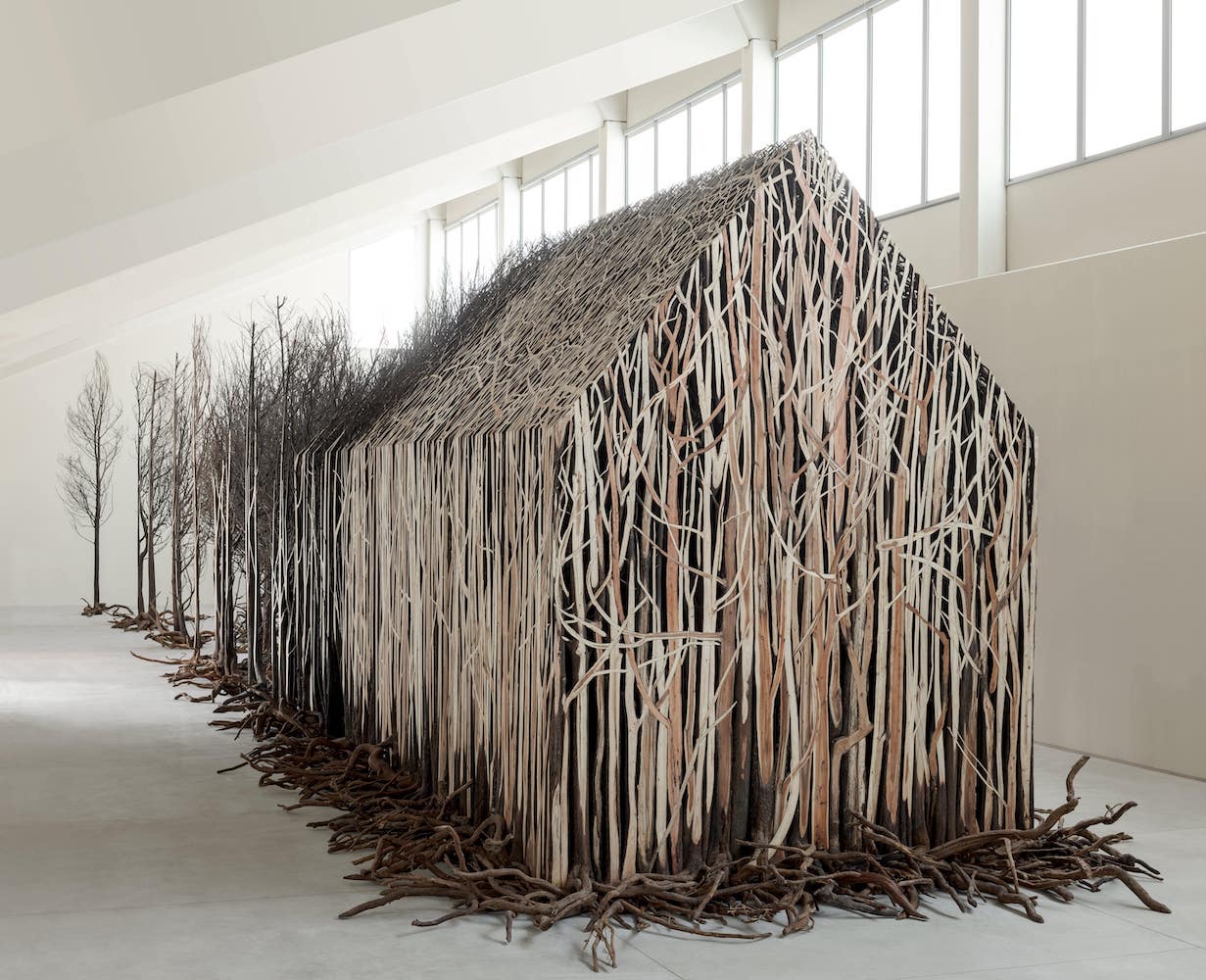Art Basel’s inaugural Parisian fair, Paris+, debuts this week at the Grand Palais Éphémère from October 20—23. As part of its Sites sector—projects and installations in prominent locations throughout the city—the fair has invited Annabelle Ténèze, the Director of Les Abattoirs, Musée – Frac Occitanie Toulouse, to curate two of this year’s Sites, which she has filled with the exhibition titled “La Suite de l’Histoire”.
Taking over the Musée du Louvre’s Jardin des Tuileries, Ténèze has selected the work of 21 artists for “La Suite de l’Histoire,” (or “the rest of history”) in a presentation rethinking concepts of power and monuments. Through the work of intergenerational artists like Niki de Saint Phalle, Judith Hopf, Raúl de Nieves, and Franz West,the iconic gardens are transformed into a meeting place of history and contemporary art that invites artists and viewers alike to consider writing their own histories. Simultaneously, at the Musée national Eugène Delacroix, Ténèze’s exhibition is complete with an installation of the 96-year-old Pittsburg-based artist, Thaddeus Mosley.
Curios about “La Suite de l’Histoire” and presenting contemporary art in these historic locations, Whitewall spoke with Ténèze ahead of the fair.
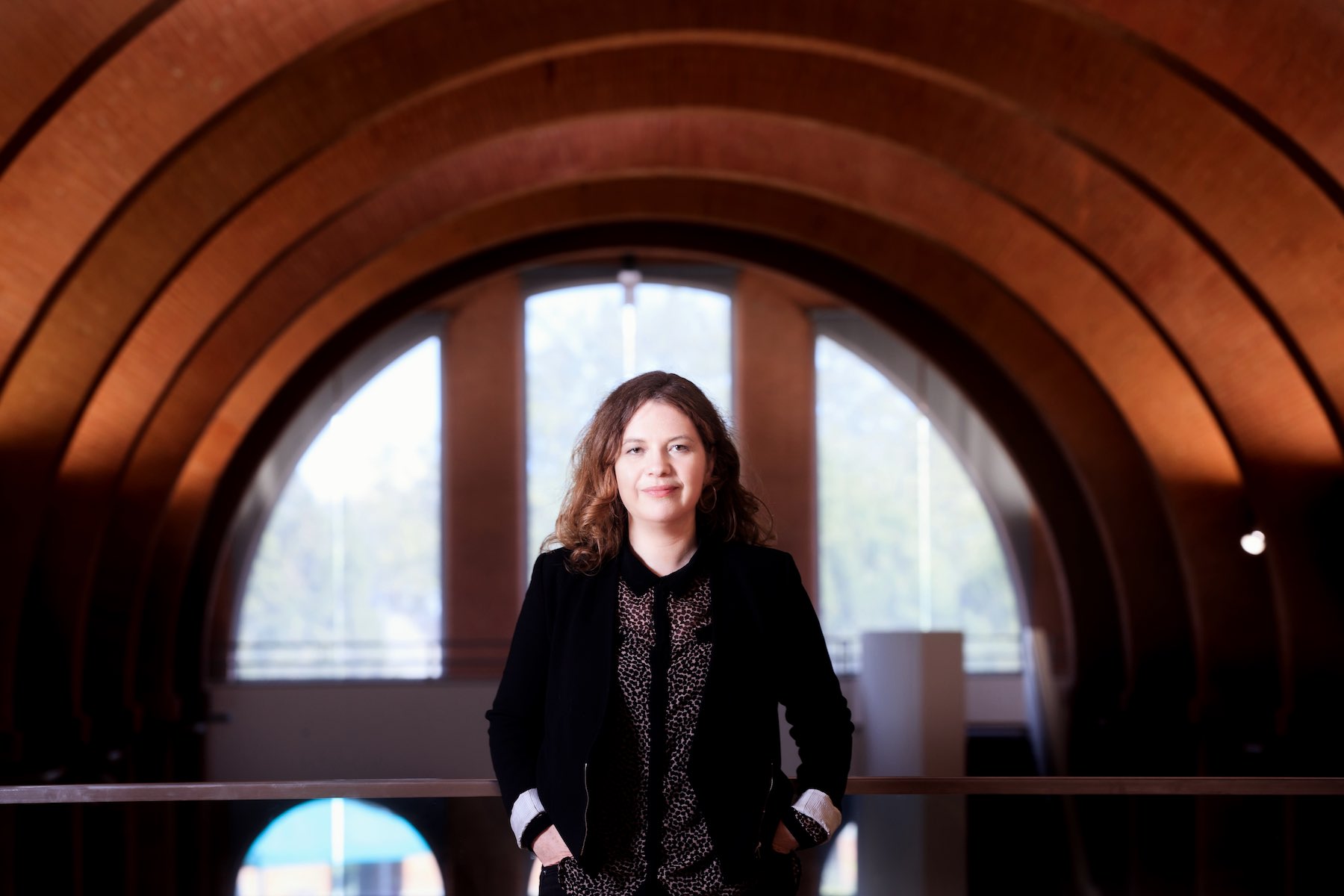
Portrait of Annabelle Ténèze, courtesy of Art Basel.
WHITEWALL: What was the starting point for “La Suite de L’Histoire”?
ANNABELLE TÉNÈZE: The starting point was to think, “What is this place, the Tuileries Garden, and what does it mean to exhibit there?” I would say there were two different departures: what is this space, which is a space of art and power? It’s also a garden. The other part was: who are all of these people coming to this garden?
Another idea is what do you put in the public space? What does it mean, being in a public space as art? Who is the artist? What can we share in this public space?
I prefer to think that this public space is a space for community. Some people asked, which “suite de l’histoire?” And I said that it’s the one to write with the artists; to be continued, to be felt with the artists.
WW: There is a range of past to recent large-scale works on view, including renowned names from the past like Niki de Saint Phalle and Franz West. What are some of the featured works and what kind of narrative do they suggest when exhibited in this context?
AT: Niki de Saint Phalle was one of the first women to be able to do large-scale monumental works in an outdoor space. She was saying, “If I do outdoor, large-scale projects, it’s to share with other women. It’s to be in power and to share power with others.” Franz West was someone working differently in public spaces. The fact he was doing all of this work with chairs; all this work you can share with each other.
Graciela Sacco was doing what she was calling “urban interferences.” She put large posters of an open mouth in places inside the city, in a way to give place and voices to people who have no voice.
There is a very large-scale painting from Roméo Mivekannin, who is an artist from Benin. He chose to make a reinterpretation of The Wedding Feast at Cana which is one of the masterpieces of the Musée du Louvre by Paolo Veronese. He puts himself a self-portrait in different parts of the paintings—as a Black man.
So to give this idea of “La Suite de l’Histoire” is also the history that we can still write or could have been written. It’s like, let all the artists write their own stories. It’s the idea that we can share all the stories with others.
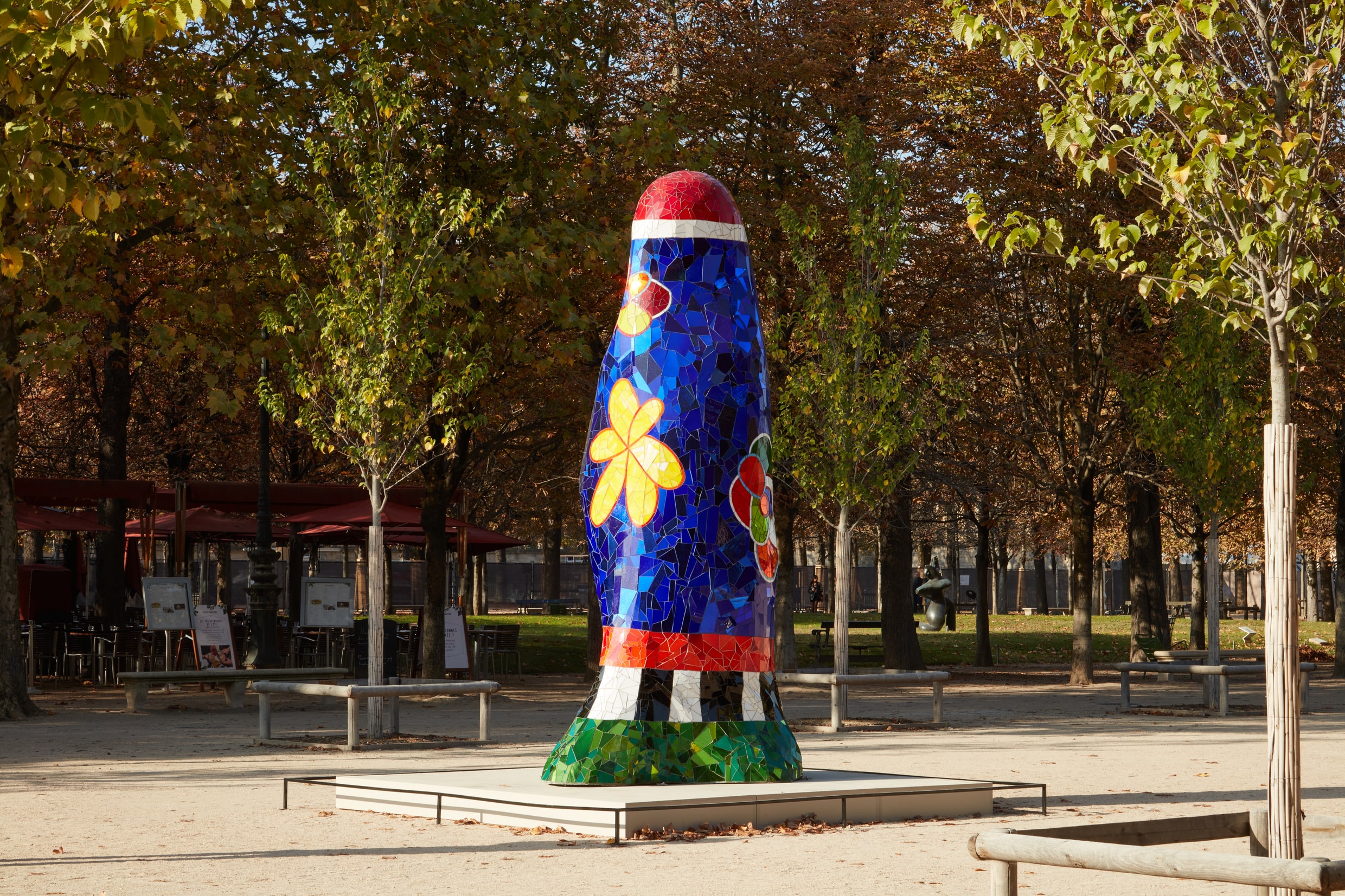
Installation view of a work by Niki de Saint Phalle, presented by Galerie Georges-Philippe & Nathalie Vallois for the exhibition “La Suite de l’Histoire,” courtesy of Paris+ par Art Basel.
WW: How might viewers in the Jardin des Tuileries reconsider their understanding of the location after experiencing the show?
AT: I hope they will be astonished. I hope that they will be surprised, but also not be intimidated. This idea is also to look at things differently, to question the tradition of monuments, but also to have some pleasure—meetings with the other inhabitants. For example, we have the amazing characters by Raúl de Nieves. They are very colorful; they could also be inhabitants of the garden. There is also a Judith Hopf sculpture—it’s a sculpture of someone with a smartphone. So ask yourself also, what are you used to looking at and what do you look at differently thanks to the artists?
I like also this idea that people who don’t know the art fair will be able to see contemporary art. And I think it’s something very important for the Musée du Louvre, too—to have this relationship to what is history, what is now, and what is the future that we can write, and the story that we can write together. I think anyone can write his own history.
WW: Aside from the obvious—the show is about writing your own history—how does “La Suite de l’Histoire” challenge the viewer’s ideas of monuments and historical figures?
AT: I hope that the dialogue that we create will be created by the people around the works.
For example, for Odile Decq’s work—it’s a kind of a glass house with a lot of plants inside—is from idea that when people created orangeries, a place for flowers, it was also a place to party and to talk. For her, it’s the way that people gather around the building and talk about what it is—to create dialogue, a kind of conversation, between the artworks, but also that people create a conversation between themselves around the artworks.
There was this question with a lot of artists about where to put their works. It was a very interesting conversation. For example, Raúl de Nieves decided to be on the stairs. Or, the idea with the works of Nina Beiers. They are just at the entrance of the garden—usually you see these big powerful lions, and there they are fallen and the birds can pick at them.
One of the artworks also made especially for the show is a sculpture by Stijn Ank, a Flemish artist, and it creates a kind of plaster shape. There are pink paintings on it, and I like that because there’s this idea that a monumental sculpture doesn’t have to be white or bronze all the time.
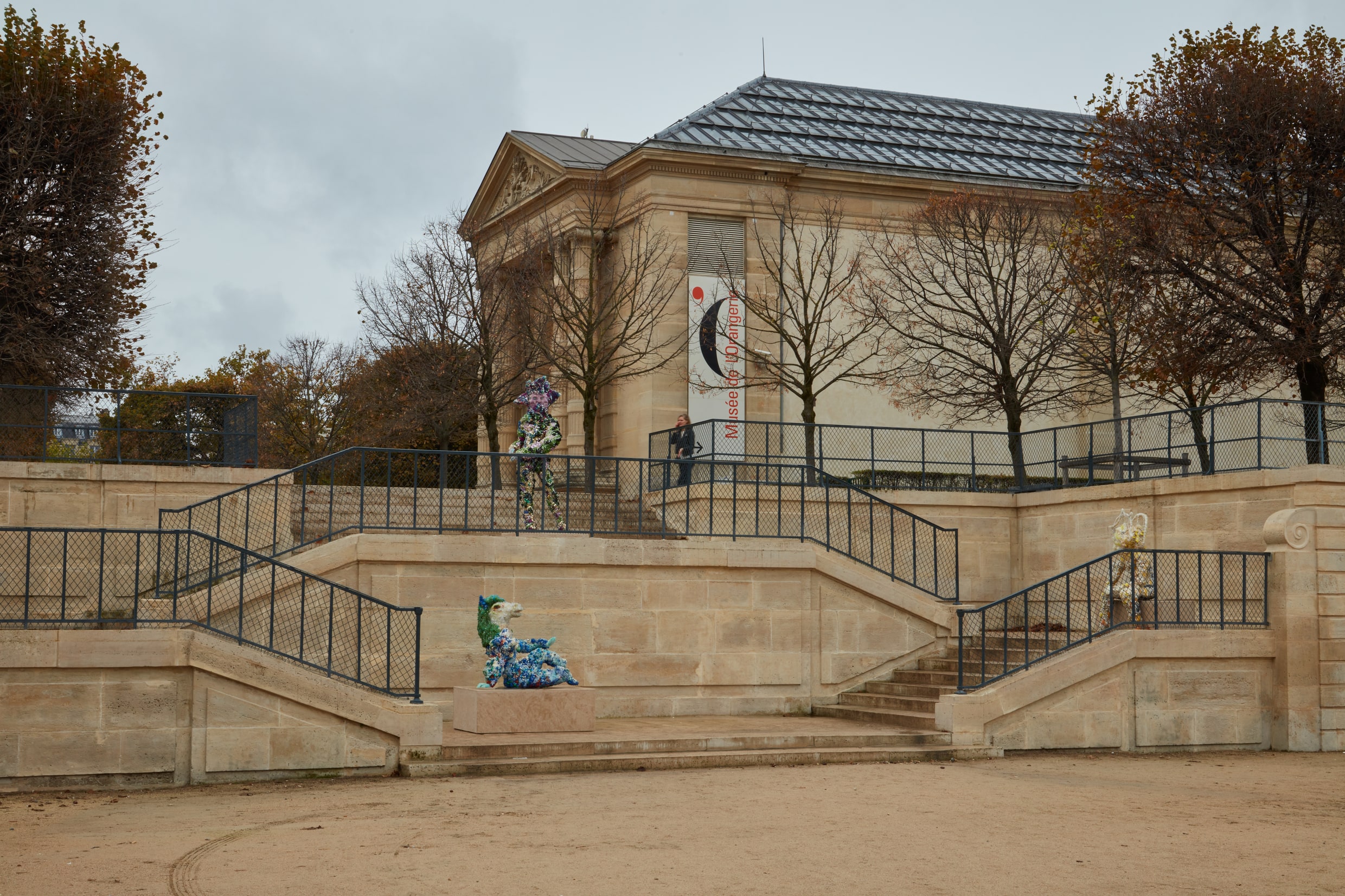
Installation view of a work by Raúl de Nieves, presented by Moran Moran, Fitzpatrick Gallery, and Company Gallery for the exhibition “La Suite de l’Histoire,” courtesy of Paris+ par Art Basel.
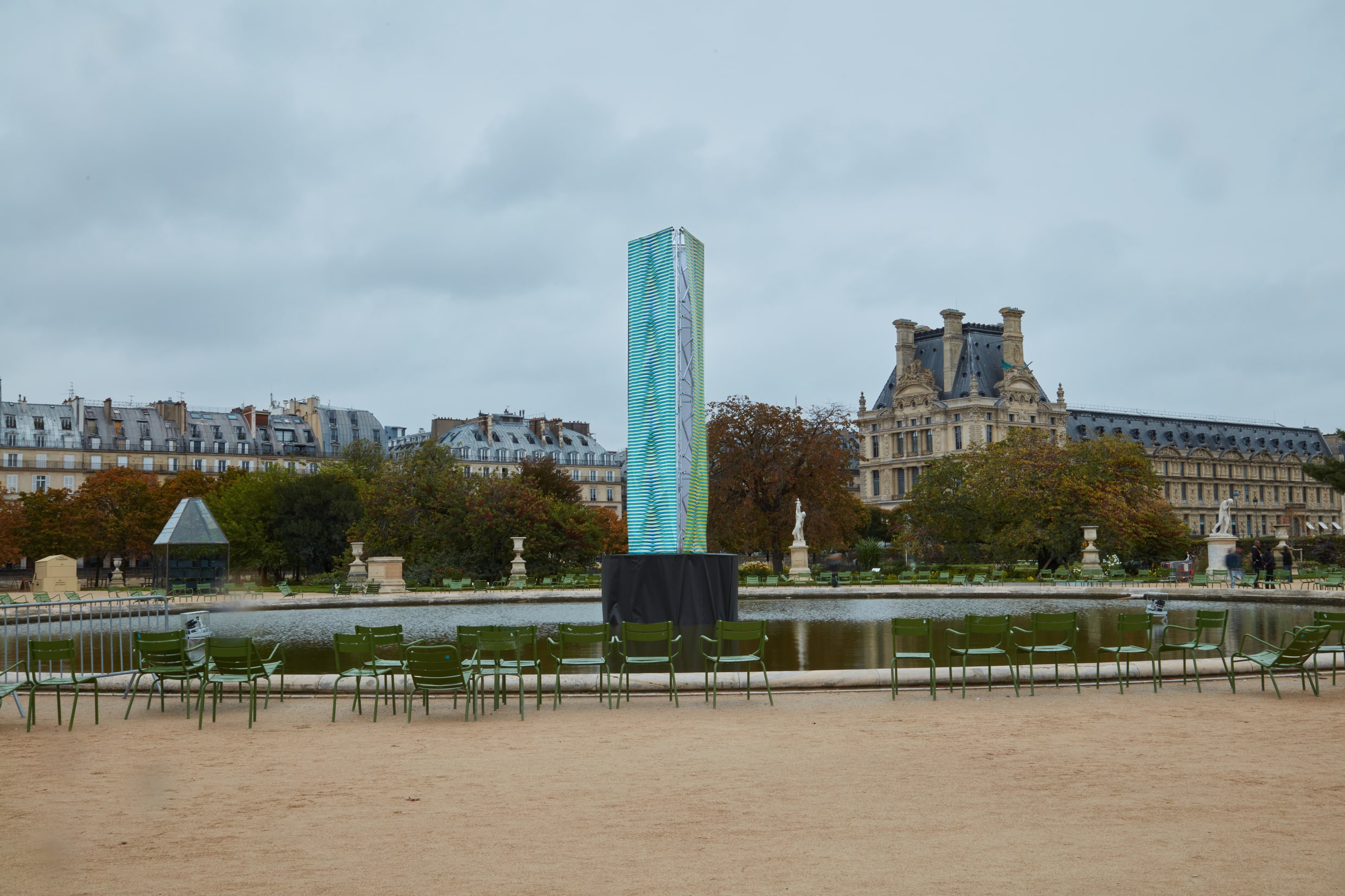
Installation view of a work by Carlos Cruz Diez, presented by Galleria Continua for the exhibition “La Suite de l’Histoire,” courtesy of Paris+ par Art Basel.
WW: What was your experience like, working with Thaddeus Mosley to create the project in the Musée national Eugène Delacroix?
AT: I’m so happy to show his work in Paris for the first time! I’m fascinated by these artists, who were so engaged all their lives, sometimes on their own and with the same target. I like the way he works with wood to create sculptures. But at the same time, I was thinking he only picks up wood from around him in Pittsburgh. He’s 96 and he was already thinking about working with what we have around us, which is so important for ecological issues. That means you can make a relationship with doing this kind of abstract, handicraft, ecological issues, relationship to nature, in one body of work.
We decided to show inside and outside because there is a garden in the Musée Delacroix. The garden is romantic, it’s a small courtyard. The idea was to put some of his bronze in relationship to the trees, which are in this garden. The other part was to create some kind of small forest in the room inside of the museum to show his work in wood. His bronzes are made from the works in wood, too.
WW: What role does public art play in Paris and how can a fair like Paris+ help to enhance the public’s experience during a fair week?
AT: The Musée de Louvre was quite involved in this process and I think they really wanted to make the connection between history and contemporary art. That’s why they wanted to have a curator, which was not the case with FIAC. I think Paris itself is a place of art and history, but sometimes it’s so much history that it’s great to make the connection with contemporary art.
And I have to say, I was so happy to be invited to do this project and that so many people will be able to see it, and also I hope that people discover artists they don’t know. Maybe some people who are not comfortable going to a museum of contemporary art will see contemporary art will discover that it’s not so complicated.
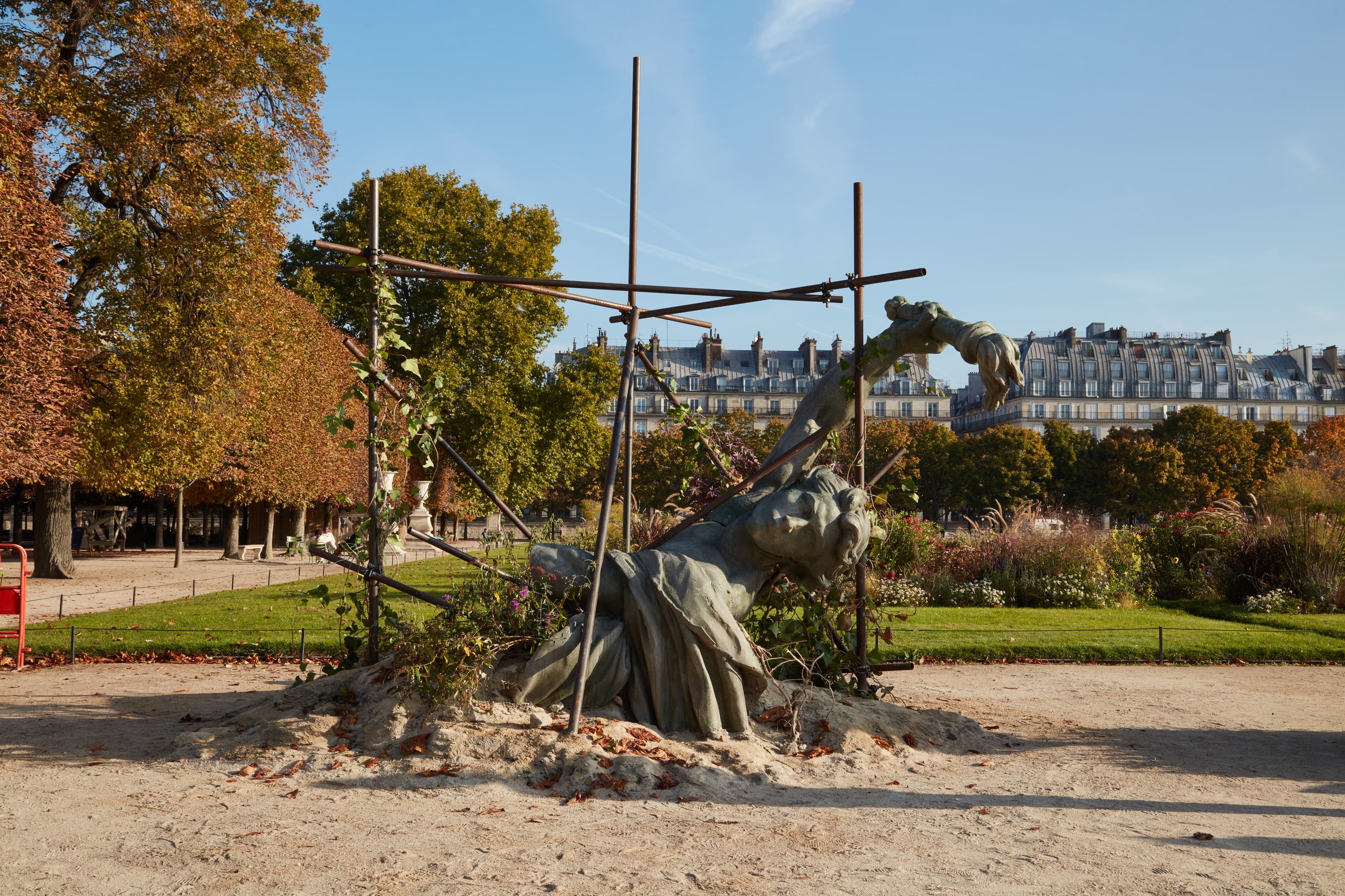
Installation view of a work by Ugo Schiavi, presented by Double V Gallery for the exhibition “La Suite de l’Histoire,” courtesy of Paris+ par Art Basel.
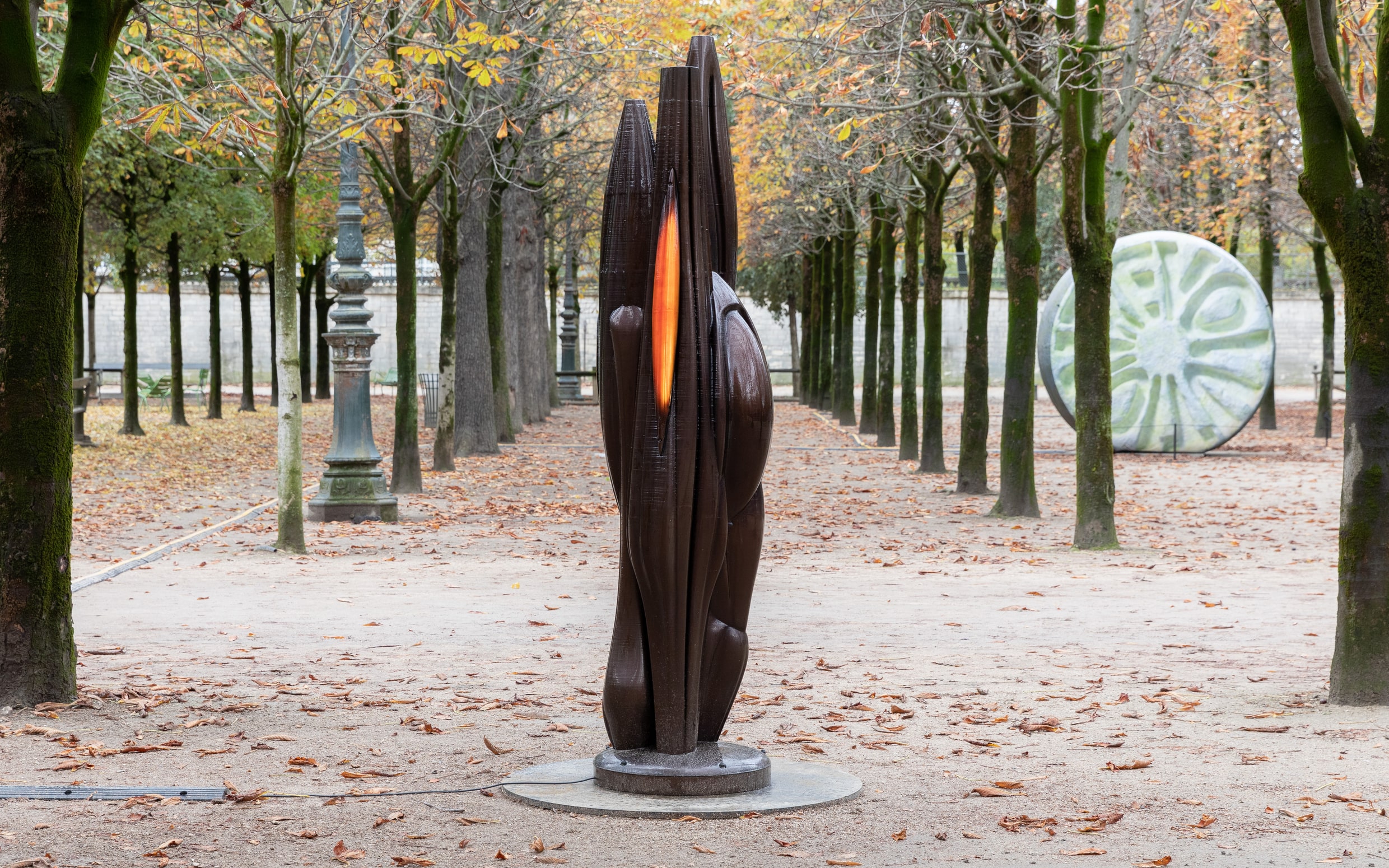
Installation view of a work by Kim Farkas presented by Downs and Ross for the exhibition “La Suite de l’Histoire,” courtesy of Paris+ par Art Basel.


